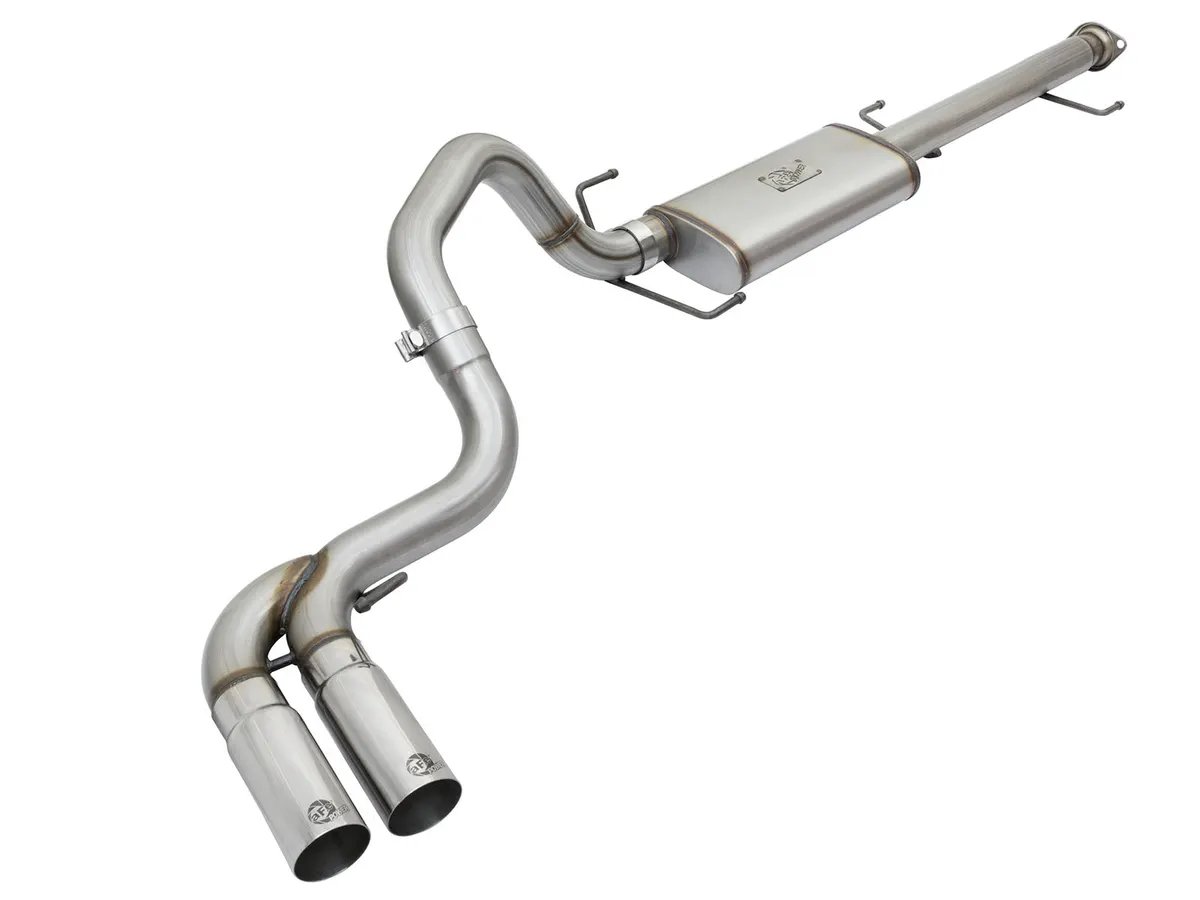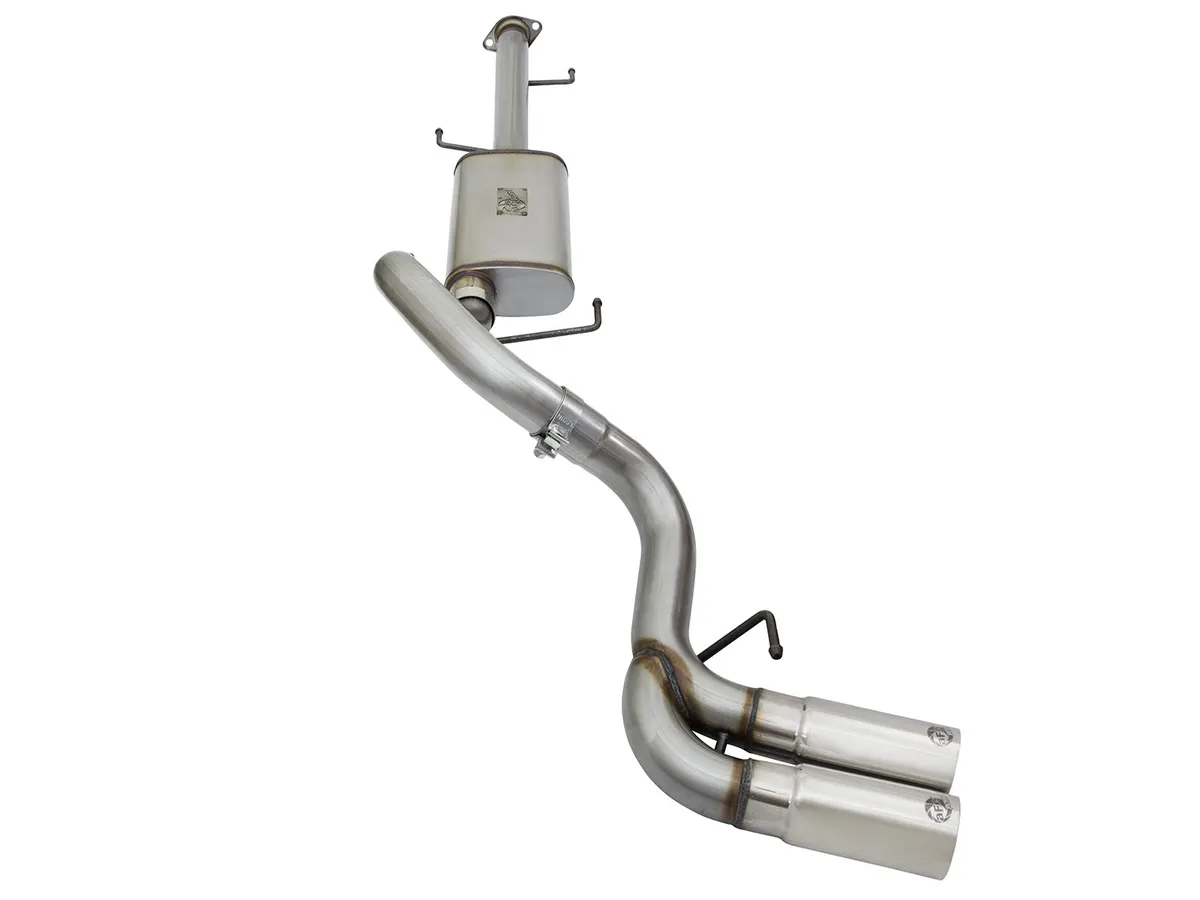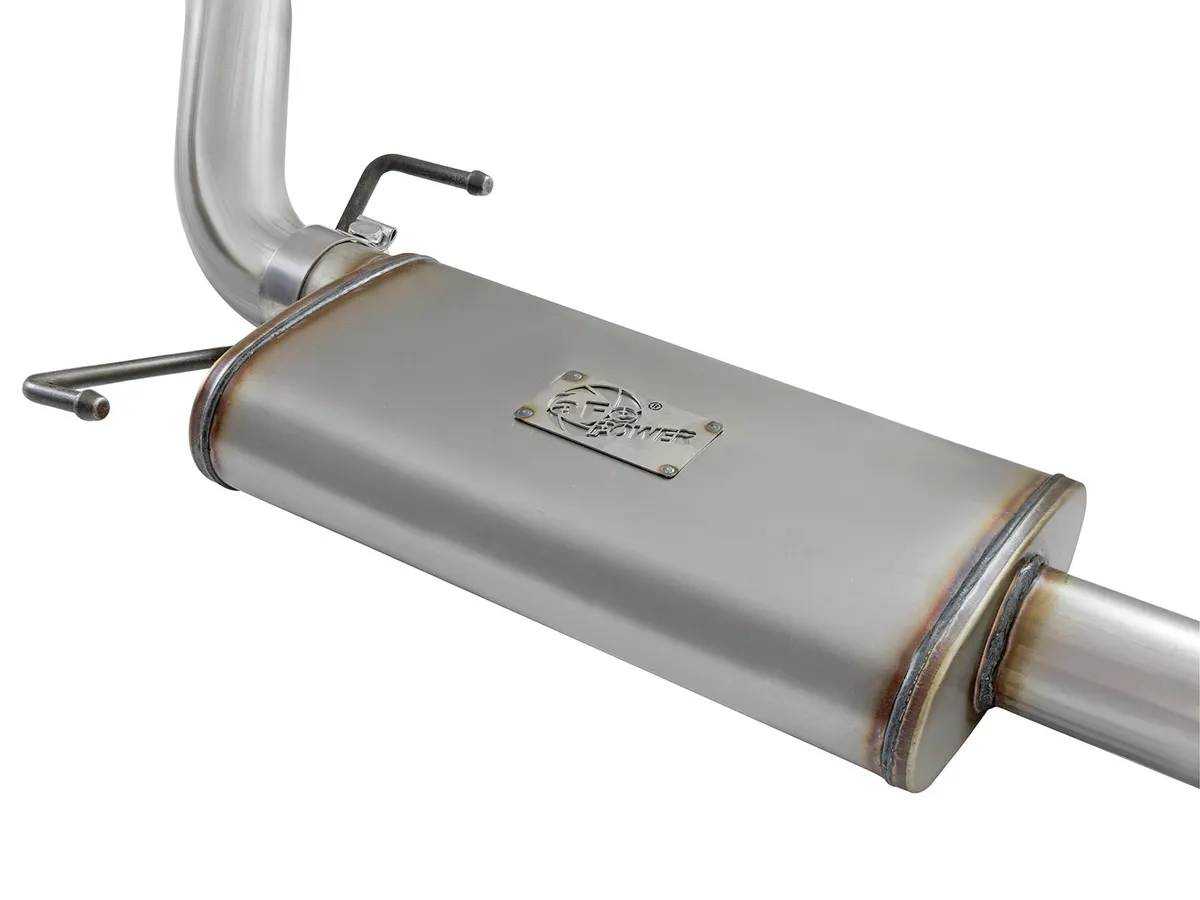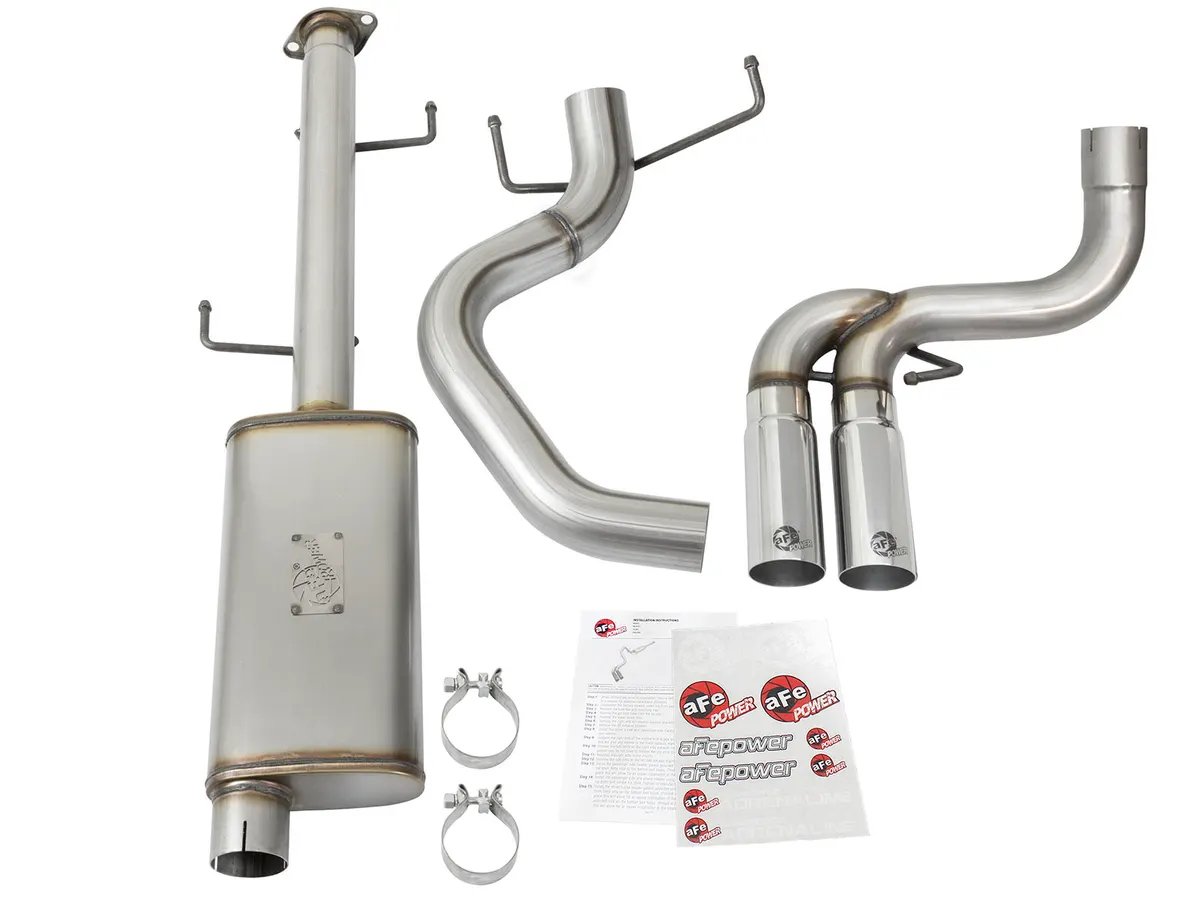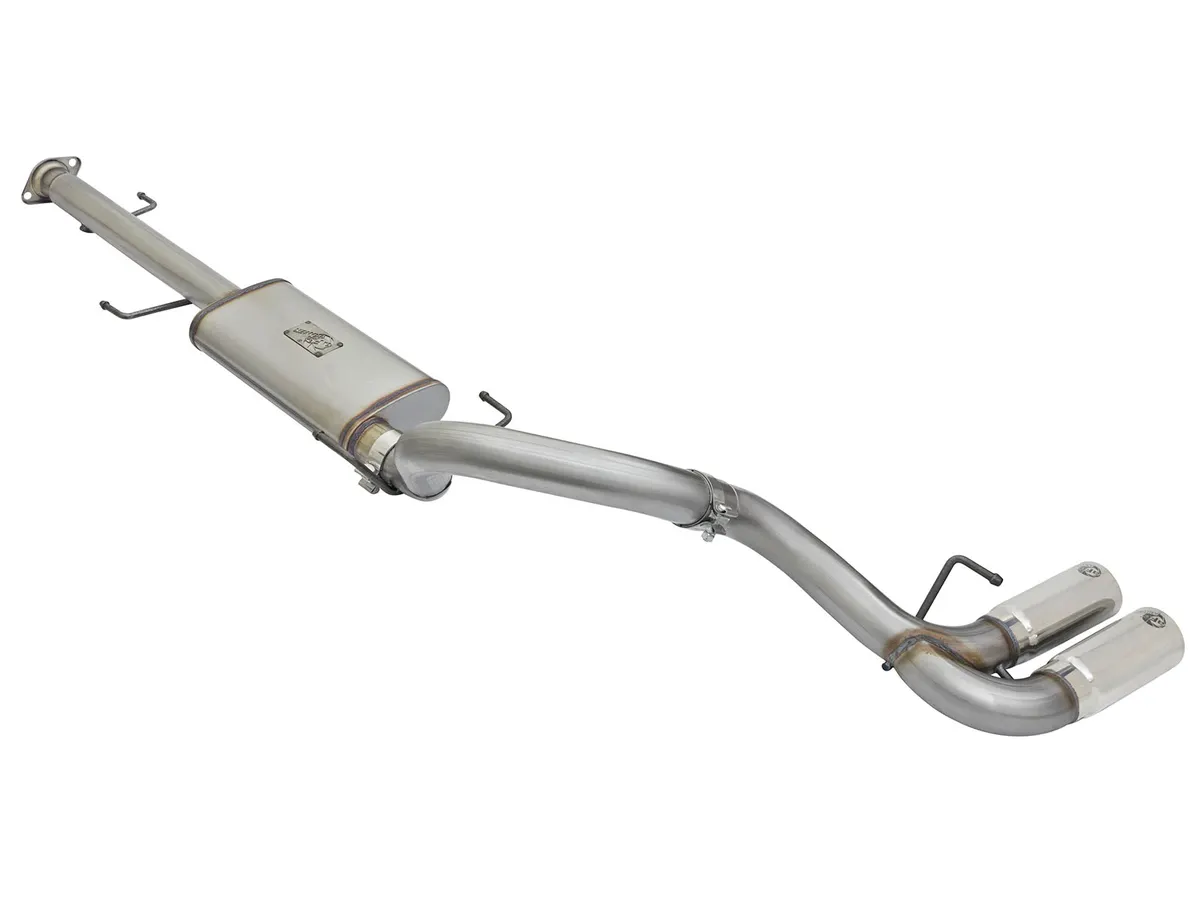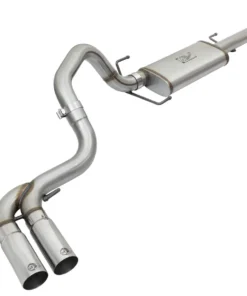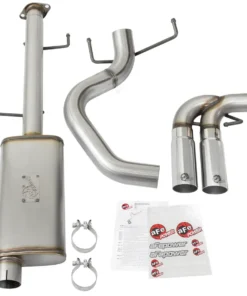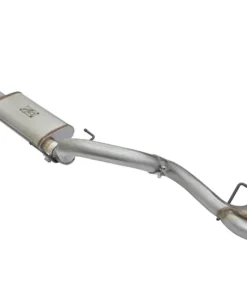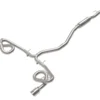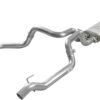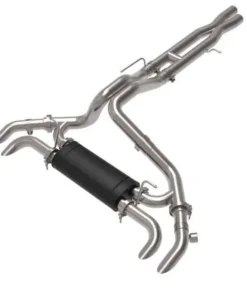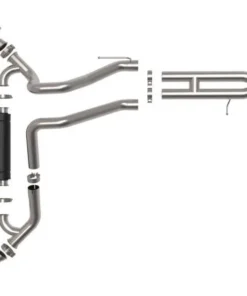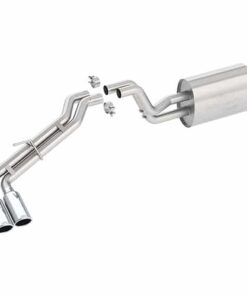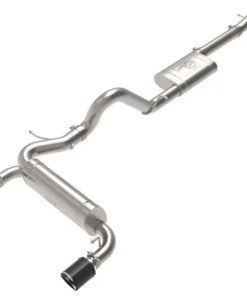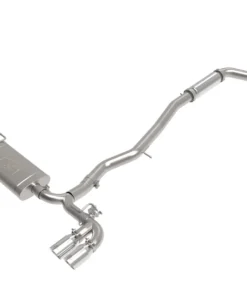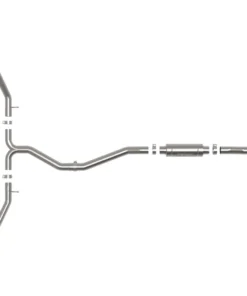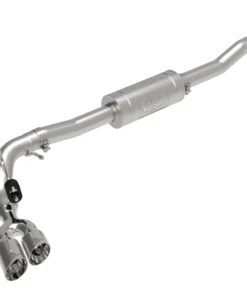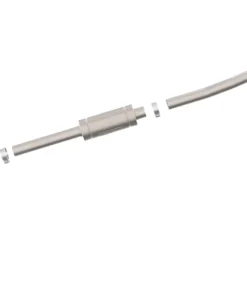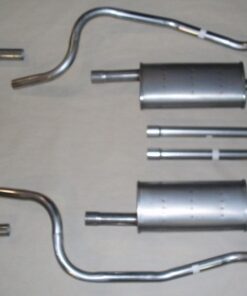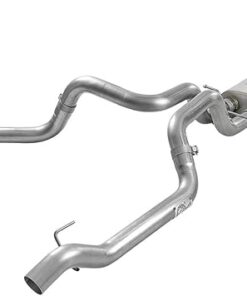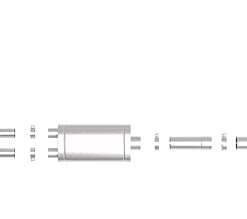A Stainless Steel Cat Back Exhaust System is an aftermarket upgrade for a vehicle’s exhaust that replaces the components from the catalytic converter (cat) to the rear of the vehicle. Here’s a breakdown of what it is and why it’s used:
Key Components:
-
Mid-pipe (optional, depending on design)
-
Resonator (to fine-tune exhaust tone)
-
Muffler (to reduce sound)
-
Exhaust tips (the visible part at the rear)
Benefits Of Stainless Steel Cat Back Exhaust System:
-
Performance Boost:
-
Increases horsepower and torque by reducing backpressure.
-
-
Better Sound:
-
Offers a deeper, sportier exhaust tone.
-
-
Corrosion Resistance:
-
Stainless steel resists rust far better than aluminized steel.
-
-
Longer Lifespan:
-
Higher durability under harsh conditions.
-
-
Improved Looks:
-
Often comes with polished or chrome exhaust tips.
-
Types of Stainless Steel:
-
T409 Stainless Steel: Cheaper, good for dry climates, may rust over time.
-
T304 Stainless Steel: High-end, rust-proof, best for longevity and looks.
Common Applications of Stainless Steel Cat Back Exhaust System:
-
Sports cars
-
Performance sedans
-
Trucks & SUVs
-
Tuned street vehicles
If you’d like help picking one for a specific vehicle or comparing brands (e.g. Borla, Flowmaster, MagnaFlow, MBRP), let me know your car’s make, model, year, and what you’re looking for (sound, power, price, etc.).


